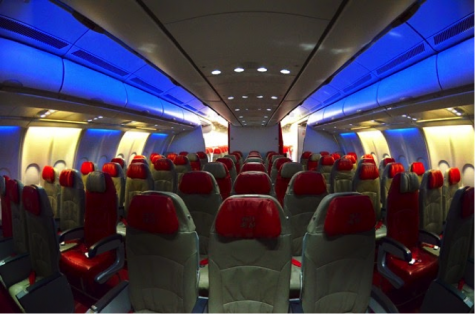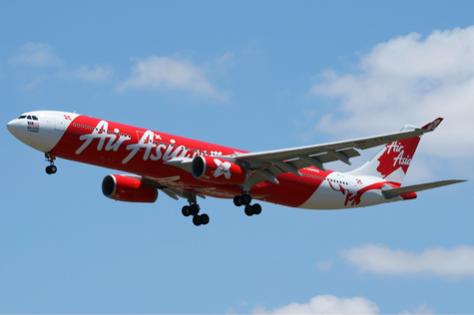Most regular travellers have had horror flights on low-cost air carriers.
We've been charged extortionate amounts for excess baggage, found out the airport we are flying to is 80-kilometres from the city centre and the terminal appears to be an old aircraft hangar, suffered interminable delays with minimal excuses, or been jammed into seats apparently designed with grossly deformed dwarfs in mind.
When flying you get what you pay for. Which means that budget airlines won't be offering you world-class cuisine, unlimited fine wine or economy seats with tons of space and free new-release movies any time in my lifetime.
The low-cost model is: If you want it, you pay extra for it. Whether "it" is extra luggage, extra leg room, a pillow, a blanket, a meal, a drink or on-board entertainment.
All the extras can add up; but if you plan well (and spend a few extra dollars) there is no reason why your cheap flight needs to be an ordeal.
Take flying with Air Asia X, with whom I travelled from Melbourne to Kuala Lumpur and on to Langkawi and back recently.
Air Asia has been voted the best low-cost carrier in the world every year since 2009 - so it has the model pretty right. I can't guarantee the same satisfaction on perennial airline bad boy Ryanair, for instance.
But here is what you can do to make your low-cost experience a whole lot more pleasant - at a price, of course.
AirAsia X’s Quiet Zone, for instance, has taken off in a big way with travellers searching for a more peaceful way to fly.
For the past 15 months the long-haul, low-fare affiliate of the AirAsia Group has featured this offering on all long-haul flights to destinations including China, Taiwan, Japan, Korea, Australia and Nepal.
The Quiet Zone is reserved exclusively for guests aged above 12 (no babies or over-excited seat kickers) and comprises the first seven economy class rows (row 7-14), immediately after the Premium cabin on Airbus A330-300 planes.
This section allegedly features "ambient soft lighting" for a more relaxing cabin atmosphere (although I could not discern any difference), as well as an early meal service, a real bonus on late-night flights.
Book in advance and select the "pick-a-seat" option in the Quiet Zone. A standard seat in this cabin costs an extra $20 per guest while a ‘Hot Seat’, which offers more leg room, costs $50 per guest - a small price to pay for peace and quiet and extra room to move. You can even select exit window seats to get to the toilets without disturbing your neighbours' sleep.
Another useful AirAsia innovation is the empty seat option, which lets travellers stretch out by securing empty seats next to theirs for a nominal fee.
There is a wide choice of pre-booked meals, including vegetarian, child and Asian options and you can buy a comfort kit with blanket, eye shades and inflatable pillow. Buy once and then re-use.
AirAsia X also offers premium class flatbed seats with universal power sockets, adjustable headrests, drink holder, reading light and privacy screen. Unfortunately, I was unable to try this service.
So how were my four flights?
Boarding is a little chaotic with many guests first-time flyers with no idea of protocol (or maybe just rude, pushy bastards) but once you are on board the seats are comfortable enough for a seven or eight-hour trip, the cabin clean and tidy, pre-booked meals basic but decent (the chicken satay is a good choice) and the service amiable.
But you pay for everything, even a bottle of water, so come prepared with a pillow, an iPad or book and a little bit of patience and you'll have a decent flight. All four of mine departed and arrived on time (after an initial change of schedule out of Melbourne) and I managed to grab some sleep on both longer legs.
And, best of all, Air Asia and Air Asia X are no longer based out of the isolated and chaotic LCC terminal in Kuala Lumpur, but out of the spanking new KLIA2 terminal.
Overall, 3.5 stars.
This article first appeared on Winsor's Gourmet on the Road Blog Spot



















__small.png)










